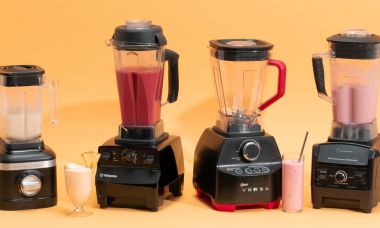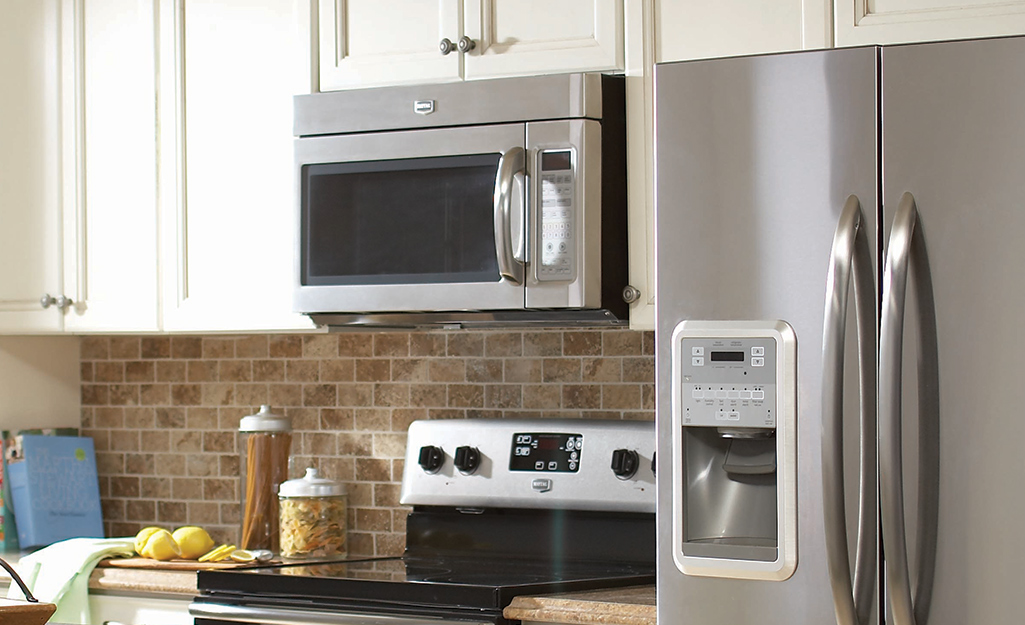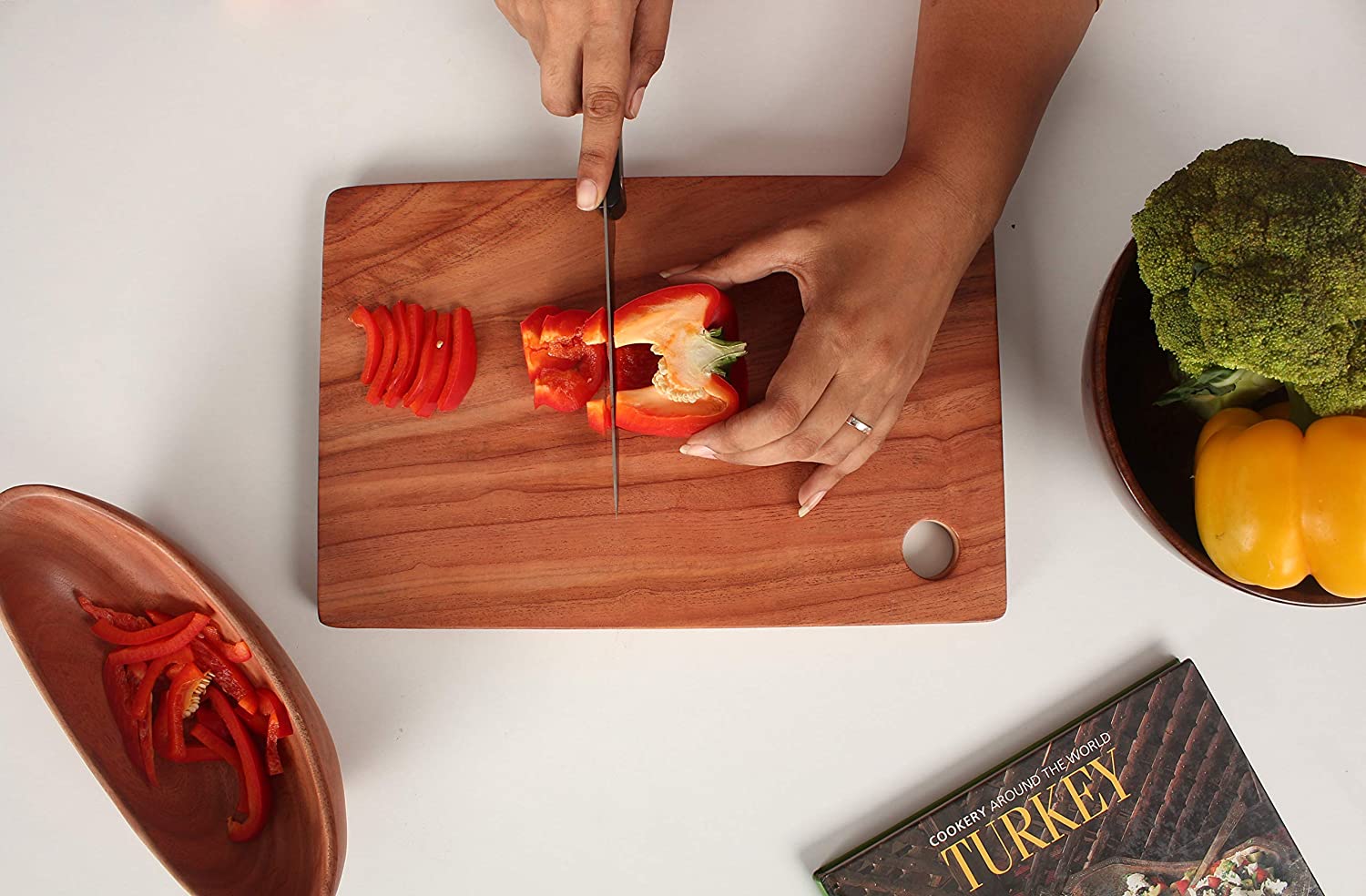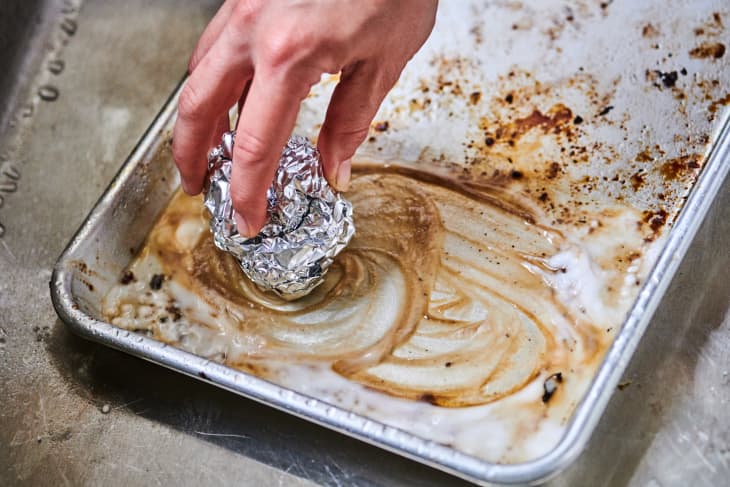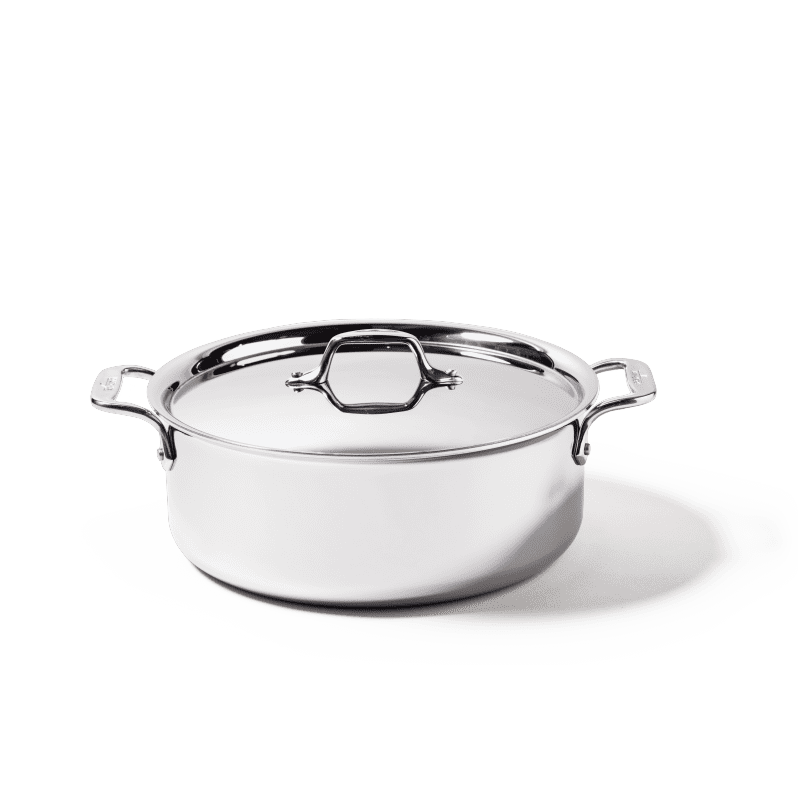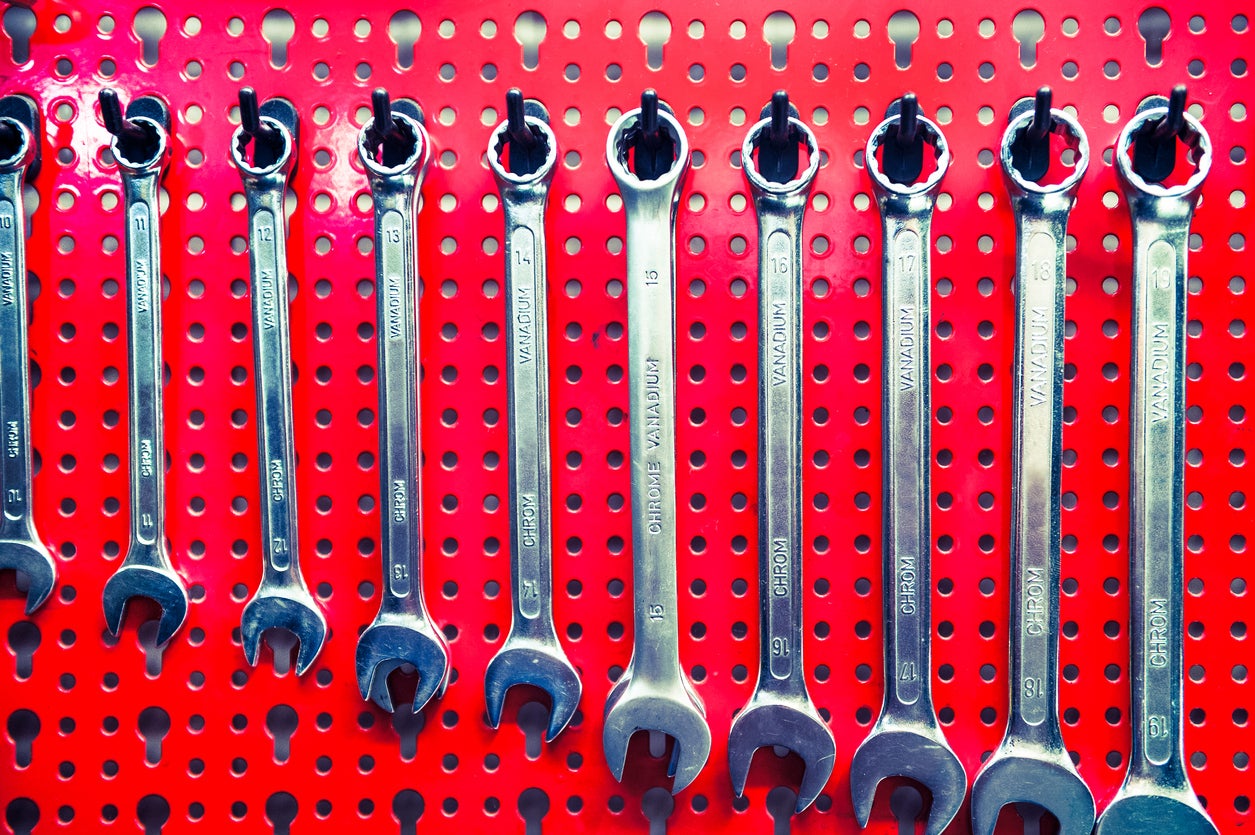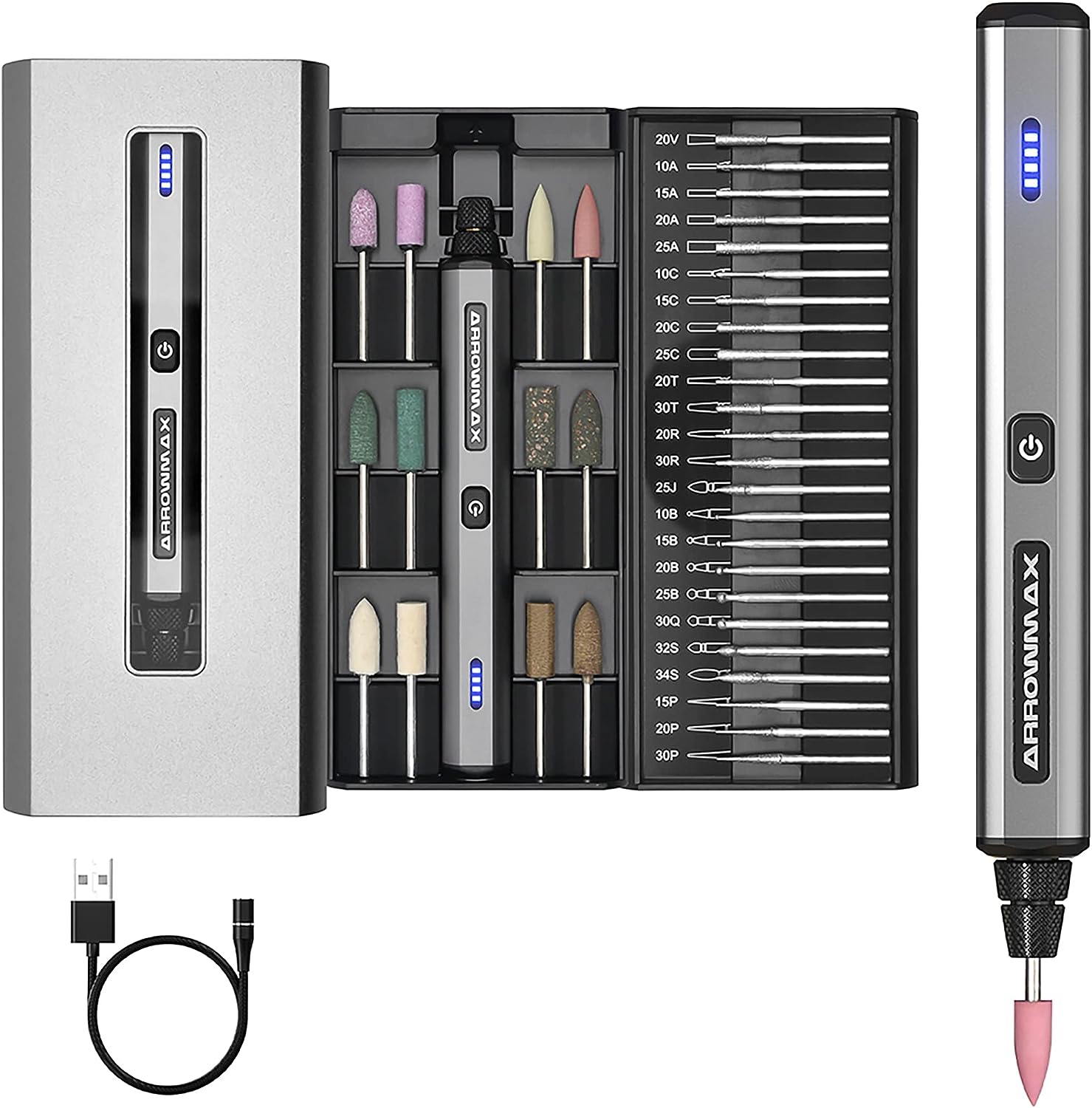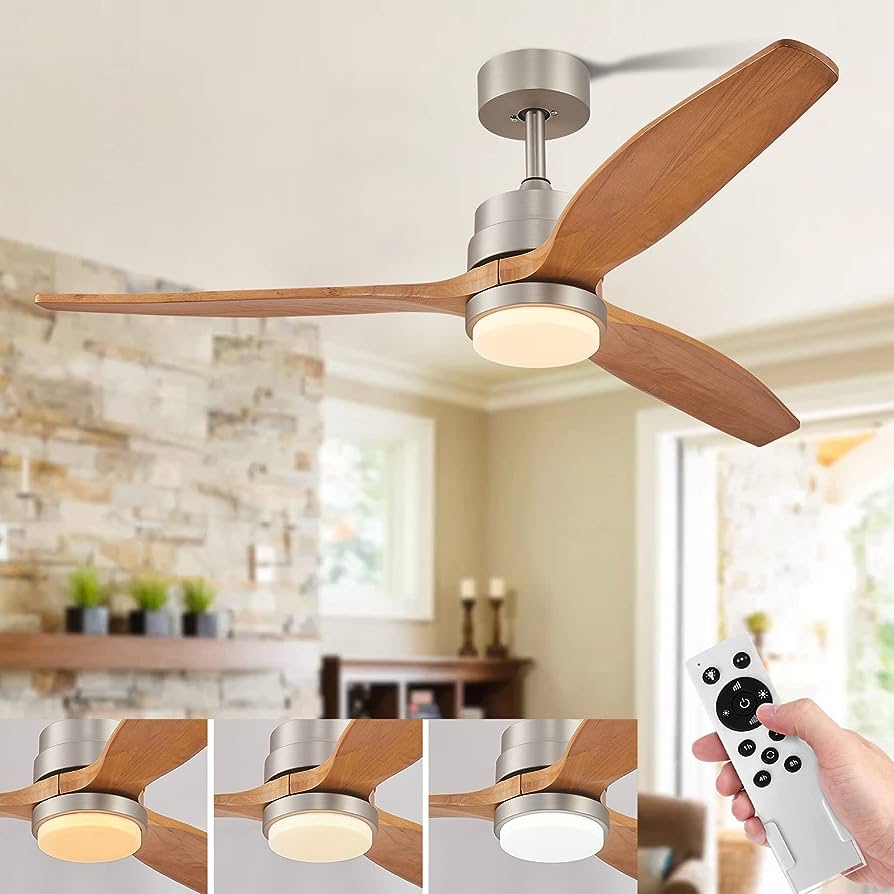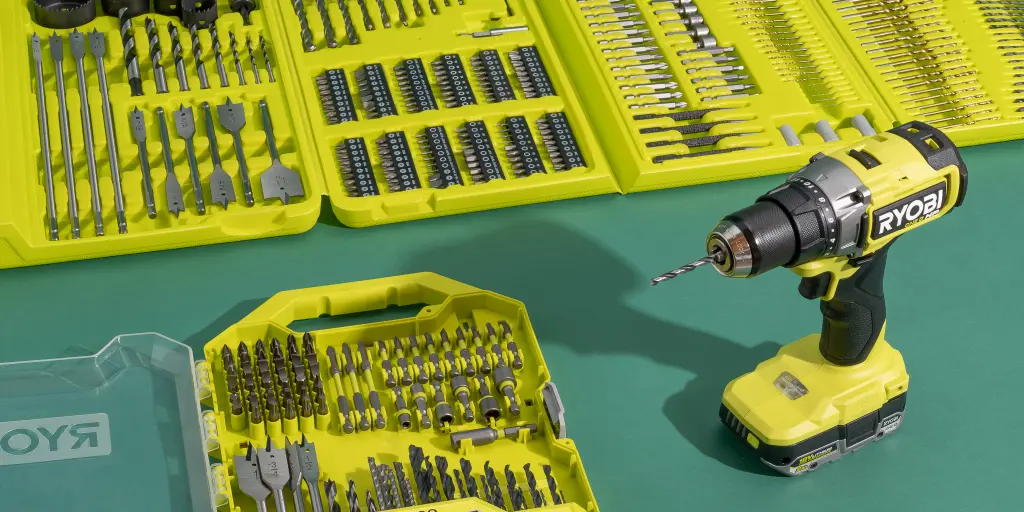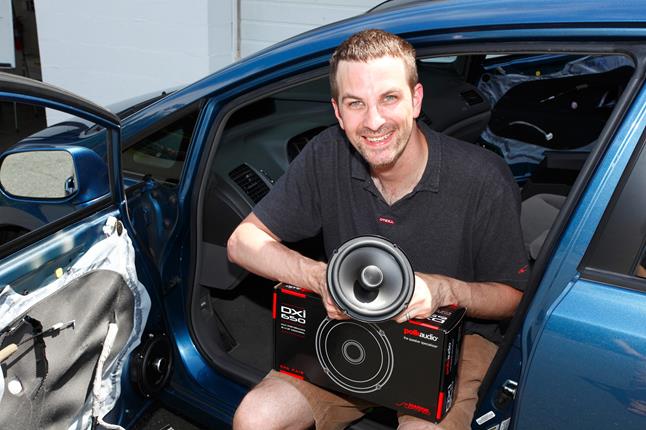Blenders have revolutionized the way we prepare our favorite foods and drinks, transforming mundane ingredients into mouthwatering creations. These versatile kitchen devices have come a long way, from humble manual contraptions to sleek and powerful electric machines. But blenders are not just tools; they are gateways to culinary innovation and healthy living. Whether you’re a smoothie enthusiast, a sauce connoisseur, or an aspiring chef, blenders are essential companions in your kitchen adventures. They effortlessly blend, puree, and chop, turning ordinary ingredients into extraordinary concoctions. But the wonders of blenders don’t end in the kitchen; their potential extends to other areas of life too. From DIY projects to beauty routines, blenders have found their way into unconventional realms, proving their versatility and adaptability. In this article, we will explore the evolution, types, features, and countless possibilities of blenders. Join us on this whirlwind tour and discover how blenders can truly enrich your life.
The Evolution of Blenders: From manual to electric, tracing the technological advancements in blending devices
Blenders have come a long way since their humble beginnings as manual crank devices. Today, they are powerful electric appliances that make our culinary tasks much easier. Let’s take a journey through the history of blenders and explore the technological advancements that have shaped them into the versatile kitchen companions they are today.
The Early Days: Manual Blending
In the early days, blenders were simple machines that required manual effort to operate. These manual blenders consisted of a container with blades at the bottom and a handle attached to the top. Users would manually turn the handle and rotate the blades to blend ingredients. While they served their purpose, manual blenders were not very efficient and required significant physical exertion.
The Electric Era: The Rise of Electric Blenders
The advent of electricity revolutionized the world of blenders. In the 1920s, Stephen Poplawski invented the first electric blender, which had a motor attached to the base and a rotating blade at the bottom. This invention marked a significant turning point in blending technology, making blending tasks much quicker and easier. Electric blenders quickly gained popularity among households, and advancements in motor power and speed control further enhanced their performance.
Technological Advancements: From Basic Blending to Multifunctionality
As the years went by, blender technology continued to evolve. Manufacturers introduced various features and functionalities to make blenders more versatile and user-friendly. One of the notable advancements was the introduction of different blending speeds and preset programs. This allowed users to achieve more precise blending results, whether they wanted a smooth puree or a chunky texture.
The Rise of Smart Blenders: Blending with Intelligence
In recent years, smart technology has made its way into the world of blenders. Smart blenders are equipped with sensors and programmable functions that can automatically adjust blending speed and duration based on the ingredients and desired results. These blenders can even connect to smartphone apps, allowing users to control and monitor their blending remotely.
The Future of Blending: Innovations on the Horizon
The future of blenders looks promising, with ongoing research and development aiming to bring even more advanced features and functionalities. From self-cleaning capabilities to improved blending performance, manufacturers are constantly pushing the boundaries of what blenders can do. With the pace of technological advancements, it’s exciting to imagine what blenders of the future will be capable of.
- POWERFUL BLENDING PERFORMANCE: With 700 watts of peak blending power and stainless steel Ice Sabre blades, this smoothie blender gives you all the...
- ULTRA-SMOOTH RESULTS WITH PATENTED WAVE ACTION SYSTEM: As you blend, ingredients are continuously forced down into the blades and circulated around...
- 4-TIP QUADPRO BLADE TECHNOLOGY: The 4-tip stainless steel blending blade works with the shape of the jar to create a constant flow and vortex that...
- 4 SPEEDS: From smooth blending to powerful ice crushing, the four speed functions (low, hi, low pulse, hi pulse) can handle any job with ease from...
- MORE POWERFUL MOTOR: The Ninja Professional Plus Blender with Auto-iQ features a new modern design and a more powerful motor than Ninja's original...
- POWERFUL CRUSHING: Ninja Total Crushing Blades give you perfectly crushed ice for your smoothies and frozen drinks with 1400 peak watts of...
- Included: (1) 250W motor base, (1) cross-blade, (1) tall cup, (1) short cup, (1) party mug, (2) lip rings, (2) Stay-Fresh resealable lids, (1) to-go...
- The magic bullet chops, mixes, blends, whips, grinds and more. Cups are made out of high-impact plastic.
- POWERFUL CRUSHING: The 72-oz. Total Crushing Pitcher pulverizes ice to snow in seconds for creamy frozen drinks and smoothies with a powerful 2-plus...
- FOOD PROCESSING: 8-cup food processor bowl provides perfect, even chopping and makes up to 2 pounds of dough in just 30 seconds.
- PULSE TECHNOLOGY: The powerful 700-watt push-to-blend motor base powers through everything in the cup for the best of Ninja blending, serving as a...
- NUTRIENT EXTRACTION: Unlock hidden vitamins and nutrients from whole fruits and veggies, blending even the portions that are usually discarded....
- 1200-WATT MOTOR BASE: Made for powering through the toughest ingredients.
- AUTO-IQ TECHNOLOGY: Take the guesswork out of blending with the Crush preset program that combines unique timed pulsing, blending, and pausing...
- A 600-Watt power base makes this our most powerful magic bullet ever, supplying major brawn for all your blends.
- A heavy-duty pitcher lid with removeable cap keeps it all under control. Detach the cap to add liquid ingredients or ventilate hot blends during use....
- 12 SPEED SETTINGS WITH PULSE: Find the right consistency for everything you make with a range of blending speeds, offering versatility for smoothies,...
- 6-CUP GLASS JAR: Easy to handle with a PerfectPour spout that eliminates drips and spills
- TOTAL CONTROL: Built-in Twist Tamper + high-speed blades to power through tough ingredients with 1600 Peak-Watt Power for no stalling, no stirring, no...
- BUILT-IN TWIST TAMPER: Twist the tamper to push ingredients down toward the high-speed blades for thick and even results.
As an Amazon Associate I earn from qualifying purchases. Learn More
Types of Blenders: A comprehensive guide to countertop, immersion, and personal blenders
Blenders come in various types, each designed for specific blending tasks and culinary needs. Let’s explore the three main types of blenders – countertop blenders, immersion blenders, and personal blenders – and understand their unique features and benefits.
Countertop Blenders: Powerhouses for Versatile Blending
Countertop blenders, also known as jug blenders, are the most common type of blenders found in households. These blenders feature a large pitcher-like container that sits on a base with a motor. Countertop blenders are known for their powerful motors, allowing them to blend a wide range of ingredients, from soft fruits to tough vegetables. They are ideal for making smoothies, soups, sauces, and even crushing ice. With various speed settings and often preset programs, countertop blenders offer versatility in achieving different blending textures.
Immersion Blenders: Easy-to-Use Handheld Blenders
Immersion blenders, also called handheld blenders or stick blenders, offer a convenient and portable blending solution. These blenders consist of a motor unit with blades attached at one end. Unlike countertop blenders, immersion blenders can be directly immersed into the ingredients, eliminating the need to transfer them to a separate container. They are great for blending small batches of ingredients, such as making pureed soups or sauces in the pot itself. Immersion blenders are lightweight, easy to clean, and are particularly popular among those with limited kitchen space.
Personal Blenders: Blending on the Go
Personal blenders are designed for individuals who are always on the move. These compact blenders come with a blending container that doubles as a portable cup. Users simply need to blend their desired ingredients directly in the cup, detach it from the base, and they are ready to take their blended beverage with them. Personal blenders are perfect for making single servings of smoothies or protein shakes and are often powered by rechargeable batteries for maximum portability.
Key Features to Consider: Exploring the functionalities and specifications that differentiate blenders in the market
When choosing a blender, it’s important to consider specific features and specifications that align with your blending needs. Let’s explore the key features that differentiate blenders in the market and understand their significance in enhancing blending performance.
Motor Power: The Driving Force
The power of a blender’s motor plays a crucial role in its blending performance. Higher motor power enables the blender to handle tougher ingredients and achieve smoother textures. It’s essential to consider the wattage or horsepower of the motor when selecting a blender, ensuring it is capable of meeting your blending needs.
Blade Design: Cutting through Ingredients
Blade design is another important consideration. Blenders with sharp, durable blades make it easier to blend through tough ingredients and ensure consistent blending results. Opt for blades made from high-quality materials like stainless steel, as they are less prone to dulling over time.
Jar Material and Capacity: Blending with Durability and Convenience
The material of the blending jar can impact the overall durability and convenience of a blender. Glass jars are sturdy and resistant to staining or absorbing odors, while plastic jars are lightweight and less prone to breakage. Consider the capacity of the jar as well, ensuring it matches your typical batch sizes. Smaller capacities are ideal for personal blenders, while larger capacities are more suitable for family-sized recipes.
Speed Settings and Preset Programs: Achieving Control and Consistency
The ability to control the blending speed is crucial for achieving desired results. Some blenders offer multiple speed settings, allowing users to adjust the blending intensity as needed. Additionally, blenders with preset programs for specific tasks, such as smoothies or ice crushing, make blending more convenient and ensure consistent results.
Expert Tips for Choosing the Right Blender: Factors to consider when selecting a blender based on your specific blending needs
Choosing the right blender can be overwhelming with the plethora of options available. Here are some expert tips to guide you in selecting a blender that best suits your specific blending needs.
Consider Your Blending Goals
Start by determining the types of recipes you will be making and the specific blending tasks you need the blender for. If you primarily make smoothies and soups, a powerful countertop blender may be the best option. On the other hand, if you value portability and ease of use, a personal blender or immersion blender might be more suitable.
Evaluate the Performance Features
Pay attention to the blender’s motor power, blade design, and jar material to assess its blending performance. If you often blend tough vegetables or ice, opt for a blender with a robust motor and sturdy blades. Consider whether you prefer glass or plastic jars based on their durability and convenience.
Assess the Control and Convenience
Look for blenders with multiple speed settings or preset programs that align with your desired blending consistency. Easy-to-use controls and dishwasher-safe components can also enhance your overall blending experience. Remember to evaluate the size and weight of the blender as well, especially if you have limited kitchen space or plan to travel with it.
Consider Your Budget and Longevity
Set a budget for your blender purchase, keeping in mind that high-end blenders often come with advanced features but at a higher price point. Additionally, consider the warranty and customer reviews to gauge the blender’s reliability and longevity. Investing in a trusted brand might be worth it in the long run.
Remember, selecting the right blender involves finding a balance between the features, performance, and your specific blending needs. Take your time, do your research, and choose the blender that will become your trusted kitchen companion. Happy blending!
The Evolution of Blenders: From manual to electric, tracing the technological advancements in blending devices
Blenders have come a long way since their humble beginnings. In the early days, blending was a manual task that required a lot of effort and time. People used to use mortar and pestle or hand-whisks to mix ingredients together. But as technology advanced, so did the blending devices.
The Rise of Electric Blenders
The invention of the electric blender brought a revolution in the world of blending. Electric blenders allowed for easier and faster blending, making it a much more convenient process. These blenders featured a powerful motor that could spin the blades at high speeds, creating a smooth and consistent blend.
With the introduction of electric blenders, blending became a hassle-free task. People no longer had to put in physical effort to achieve the desired consistency. Electric blenders also opened up new possibilities for recipes, as they could easily handle tougher ingredients like ice and frozen fruits.
The Transition to Modern Blenders
As time went on, blenders continued to evolve. Manufacturers started incorporating new features and technologies to make blending even more efficient. One significant development was the introduction of multiple speed settings. This allowed users to have better control over their blending, adjusting the speed according to their specific needs.
Another notable advancement was the introduction of pulse blending. Pulse blending is a feature that allows the blender to quickly alternate between bursts of power and pauses. This is particularly useful for blending ingredients that require a chunkier texture, like salsas or vegetable soups.
Smart Blenders for the Modern Kitchen
In recent years, blenders have become smarter and more technologically advanced. Many blenders now come with pre-programmed settings for specific blending tasks, such as smoothies, soups, or ice crushing. These settings take the guesswork out of blending, ensuring that you get consistently perfect results every time.
Some blenders even feature Bluetooth connectivity, allowing them to connect to your smartphone or tablet. With the help of dedicated blending apps, you can access a wide range of recipes and control your blender remotely. This level of integration brings convenience and versatility to the kitchen, giving you endless blending possibilities.
Types of Blenders: A comprehensive guide to countertop, immersion, and personal blenders
Blenders come in various shapes and sizes, each designed for specific blending needs. Understanding the different types of blenders available can help you make an informed decision when purchasing one.
Countertop Blenders: The All-Purpose Workhorses
Countertop blenders are the most common type of blender found in kitchens. They are versatile and powerful, capable of handling a wide range of tasks. These blenders usually have a large pitcher or jar with dedicated blades at the bottom. They work best for blending larger quantities of food and liquids, making them perfect for smoothies, soups, and sauces.
Immersion Blenders: The Handy Handhelds
Immersion blenders, also known as hand blenders or stick blenders, offer a more convenient and compact blending experience. These blenders consist of a handheld wand with rotating blades at the end. You can simply immerse them directly into the container or pot, eliminating the need for transferring the ingredients. Immersion blenders are great for smaller blending tasks, such as pureeing soups or making baby food.
Personal Blenders: Individual Blending on the Go
Personal blenders are designed for those who lead a busy, on-the-go lifestyle. These compact blenders come with small blending cups or bottles that can be used as travel containers. The blending unit is typically attached directly to the cup, making it easy to blend and take your blended creations with you. Personal blenders are perfect for making single servings of smoothies or protein shakes.
Key Features to Consider: Exploring the functionalities and specifications that differentiate blenders in the market
When searching for the perfect blender, it’s essential to consider the key features that set different models apart. Understanding these features can help you choose a blender that suits your specific blending needs.
Power and Speed Settings
The power and speed of a blender’s motor play a crucial role in determining its performance. Higher wattage generally means a more powerful blender. Blenders with multiple speed settings allow you to have better control over the blending process, making it easier to achieve the desired consistency for different recipes.
Blade Design and Material
The design and material of the blades in a blender are important factors to consider. Blades can be either serrated or straight, with serrated blades being better at handling tougher ingredients. Additionally, stainless steel blades are known for their durability and sharpness, ensuring efficient blending over time.
Jar Size and Material
The size of the blender’s jar is an essential consideration depending on your intended use. Larger jars are suitable for blending larger quantities, while smaller jars are ideal for individual servings. Additionally, jars made of glass are generally more durable and resistant to staining or odors, while those made of plastic are lightweight and less prone to breakage.
Expert Tips for Choosing the Right Blender: Factors to consider when selecting a blender based on your specific blending needs
Selecting the right blender can be overwhelming with the myriad of options available. However, there are a few factors you can keep in mind to ensure you choose the best blender for your specific blending needs.
Consider Your Blending Goals
Start by identifying the primary purpose for which you’ll use the blender. Are you mainly interested in making smoothies, blending soups, or crushing ice? Different blenders excel at different tasks, so knowing your specific blending goals will help you narrow down your options.
Budget Constraints
Blenders come in a wide range of prices, so it’s important to set a budget that suits your needs. Consider how often and for what purposes you’ll be using the blender. If you plan to use it frequently and for various tasks, investing in a higher-quality blender might be worth it in the long run. However, if you have specific, occasional blending needs, a more affordable option may suffice.
Read User Reviews and Expert Recommendations
Before making a final decision, take some time to research and read reviews on different blender models. User reviews can provide valuable insight into the performance, durability, and functionality of a blender. Additionally, seeking expert recommendations from professional chefs or reputable blender review websites can help guide you towards the best blender for your needs.
Remember, choosing the right blender is a personal decision that depends on your individual preferences and requirements. By considering your blending goals, budget constraints, and thoroughly researching available options, you can find a blender that will become a trusted companion in your kitchen.
Conclusion
As we’ve delved into the world of blenders, we’ve witnessed their incredible evolution, from humble manual devices to powerful electric machines. Today, the market offers a wide range of blenders, including countertop, immersion, and personal options, each with its own unique features and functionalities. Whether you’re a health-conscious smoothie enthusiast or a culinary creative, blenders have become an indispensable tool in the kitchen. But their usefulness doesn’t stop there. Blenders can aid in achieving a balanced diet, promoting overall wellness, and even find unconventional uses in DIY projects and beauty routines. So, embrace the power of blenders and unleash your creativity in more ways than you could ever imagine. Upgrade your blending game and dive into a world of endless possibilities. Let blenders be the catalysts for a vibrant and fulfilling lifestyle.
Frequently Asked Questions
1. How do blenders work?
Blenders consist of a motor, blades, and a container. When you turn on the blender, the motor spins the blades at high speeds. As the blades rotate, they create a vortex, pulling the ingredients towards the center of the container. The sharp blades then chop and blend the ingredients into a smooth consistency.
2. What can I make with a blender?
Blenders are incredibly versatile and can be used to prepare a wide range of delicious recipes. You can make smoothies, milkshakes, soups, purees, salsas, sauces, salad dressings, and even grind ingredients like nuts or coffee beans. They are also handy for crushing ice for frozen drinks.
3. Can blenders handle hot liquids?
Most blenders are designed to handle warm or room temperature liquids, but not boiling hot liquids. When blending hot ingredients, it’s important to allow them to cool slightly before putting them in the blender. Additionally, remember to remove the center cap on the blender lid and cover it with a towel to allow steam to escape and avoid accidents.
4. Are all blenders the same?
No, blenders come in various types and with different features. Some blenders have powerful motors, while others are designed for more basic tasks. High-speed blenders are generally better for tough ingredients, while immersion blenders are convenient for blending directly in pots or bowls. It’s essential to consider your specific needs and preferences when choosing a blender.
5. How do I clean a blender?
Cleaning a blender is usually straightforward. Fill the blender container halfway with warm water and add a few drops of dish soap. Put the lid back on and blend the mixture for a few seconds. Rinse the container thoroughly with clean water and let it air dry. You can also remove the blade assembly and wash it separately, being cautious of the sharp blades. However, always consult your blender’s instruction manual for specific cleaning instructions.

